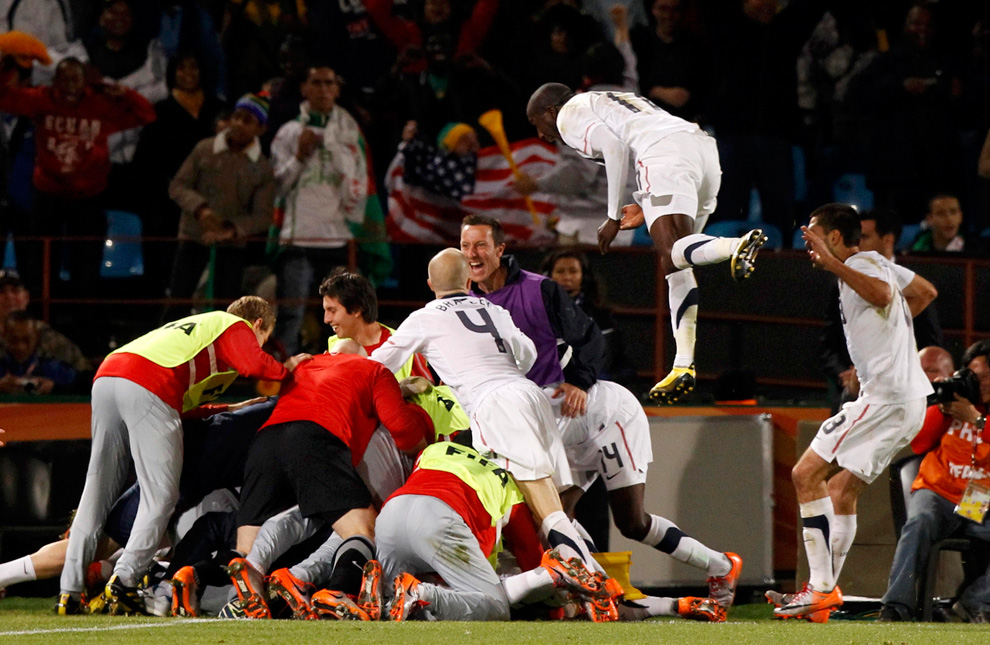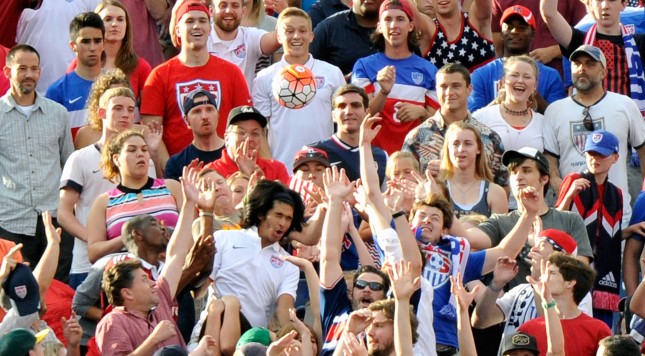US Soccer announced changes to their concussion standards among youth soccer. In a statement, US Soccer and plantiffs reached a settlement regarding concussions in the youth level of American soccer.
As part of this settlement, US Soccer has “eliminated heading for children 10 and under and limit heading in practice for children between the ages of 11 and 13” as well as increase training for how to monitor concussions and made substitution changes to make it possible for a team to adequately follow the concussion protocols.
The full list of changes from US Soccer are as follows:
A) Improve concussion awareness and education among youth coaches, referees, parents and players.
B) Implement more uniform concussion management and return-to-play protocols for youth players suspected of having suffered a concussion.
c) Modify the substitution rules to insure such rules do not serve as an impediment to the evaluation of players who may have suffered a concussion during games
D) Eliminate heading for children 10 and under and limit heading in practice for children between the ages of 11 and 13.
There are still some unknowns as to how this will be implemented and who this affects. It’s important to keep in mind that this only officially applies to any US Soccer sanctioned team and camp and while it’s not required, US Soccer “strongly urges” other youth soccer organizations in the United States to follow these regulations. Also, youth national teams will adhere to any substitution rules and regulations in any FIFA or other sanctioned game or tournament.
Setting the health issue aside (even though that’s very important), this could work out well for American soccer players in the decades to come. Some will see this as a detriment because youth players in other countries will be able to head the ball, but I can see this as a benefit to player development as well as making the game safer for kids.
By not being able to head the ball, this will force youth soccer coaches to teach more of a ground pass style of play. The boring and largely ineffective way of running and crossing the ball will not be a part of a preteen’s repertoire and will institute a more technically sound, possession game as the ball is played on the ground, rather than in the air. They will employ more of a tiki-taka, possession style that is sorely lacking at all levels of the US Soccer program and they can do this at a younger age.
Like I said, there are still a lot of unknowns to this announcement but while US Soccer sees this as a benefit of trying to make the game safer for preteens, they may unlock an unintended consequence that could put American soccer players to that next level of skilled player. We shall wait and see.






